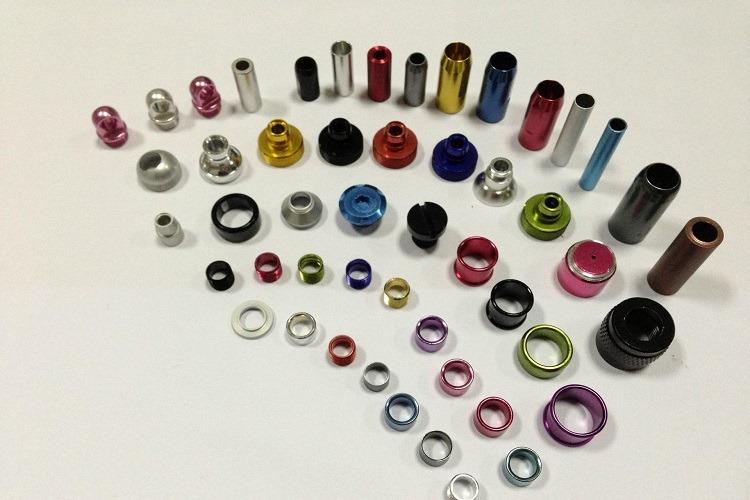There are several different types of anodizing, each with its own unique properties and applications. Here are some of the most common:
l Chromic acid anodizing (Type I): The earliest and most conventional kind of anodizing is this one. It creates a thin, transparent oxide layer with strong electrical insulating qualities and resistance to corrosion. But chromic acid is a dangerous substance, and anodizing with this kind is getting less popular.
l Sulfuric acid anodizing (Type II and III): These days, this is the most popular kind of anodizing. Compared to chromic acid anodizing, it is less costly, better for the environment, and results in a thicker, harder, and more wear-resistant oxide layer. While Type III (hardcoat) anodizing is used for more demanding applications, like military equipment and aerospace components, Type II anodizing is usually used for decorative applications.
l Organic acid anodizing: Organic acids like citric or tartaric acid are used in this kind of anodizing. It creates a thinner, more transparent oxide layer and is a more environmentally friendly option than sulfuric acid anodizing. Applications involving food and beverages frequently use organic acid anodizing.
l Phosphoric acid anodizing: Phosphoric acid is used in this kind of anodizing. It creates a strong, thick layer of oxide that is very resistant to fire. Architectural applications frequently employ phosphoric acid anodizing.

